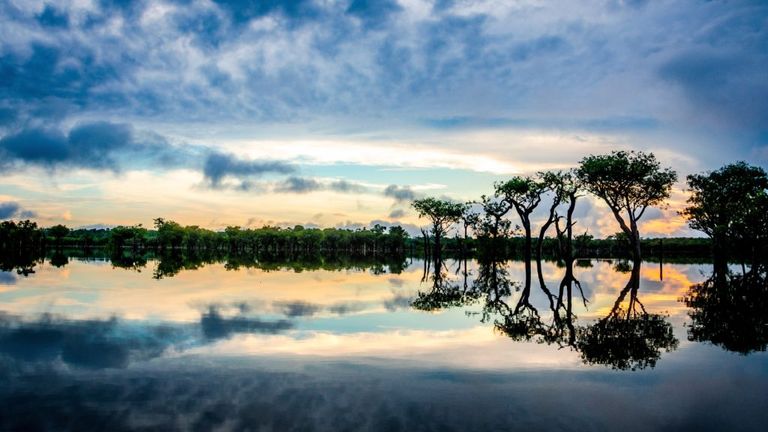
When I was a child of school age, the word Amazonia did not exist. The largest green lung of the planet was called Anazonas, like the name of the river.
Later, perhaps to differentiate it from the river, this incredible green space began to be called "ecosystem" and renamed Amazonia.
Today Amazonia, apart from being subject to indiscriminate logging for the timber industry and intensive soybean cultivation, is still - fortunately - a vast region of central and northern South America comprising the rainforest of the Amazon basin.
The adjacent region of the Guianas also has rainforests, and is therefore often considered part of Amazonia.
This Amazon rainforest is the largest tropical rainforest in the world. It is considered that its extension reaches 6 million km² distributed among nine countries, of which Brazil and Peru have the largest extension of the Amazon, followed by Colombia, Bolivia, Ecuador, Guyana, Venezuela, Suriname and French Guiana. The Amazon stands out as one of the most biodiverse ecoregions in the world.
On November 11, 2011, the Amazon rainforest was declared one of the seven natural wonders of the world.
The biodiversity of these tropical rainforests is mind-blowing.
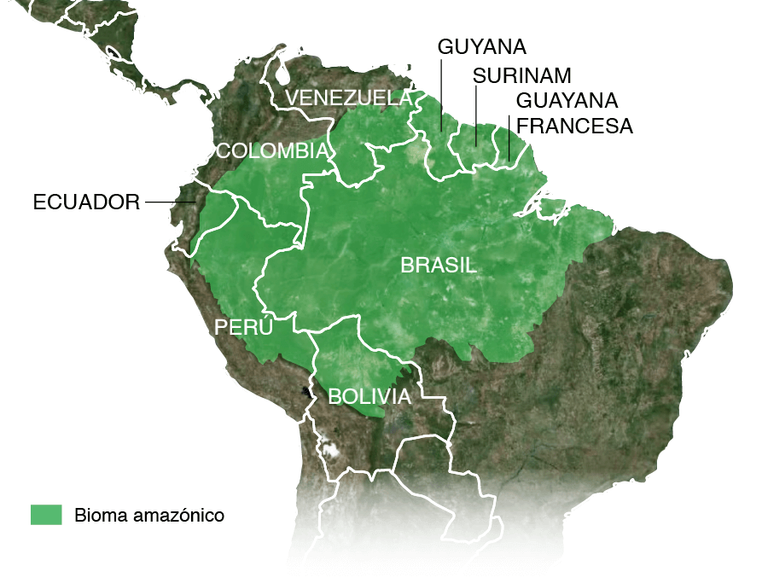
It is home to the largest collection of living plant and animal species in the world. One out of every ten known species on the planet lives in the Amazon rainforest.
The Amazon is home to around 2.5 million species of insects, tens of thousands of plants and more than 2,000 birds and mammals.
So far, at least 40,000 plant species, 2,200 fish, 1,294 birds, 427 mammals, 428 amphibians and reptiles, 378 have been scientifically classified in this region.
One in five of all bird and fish species live here.
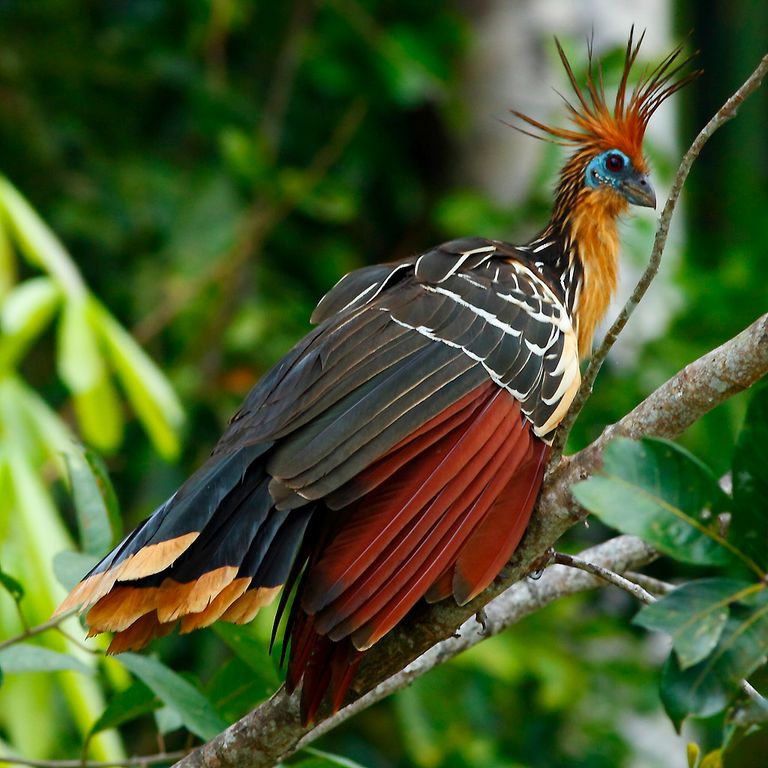
The Spanish explorer Francisco de Orellana was the first European to travel the Amazon River in 1542. He departed at the call of Gonzalo Pizarro, who had gone in search of the Country of Cinnamon, from Quito at the end of that year. He advanced along the Napo River, reaching its mouth in present-day Peru, near the present-day city of Iquitos, until in August 1542 he reached the mouth of the Amazon in the Atlantic Ocean.
The first ascent of the Amazon River by a European was in 1638 by Pedro Teixeira, Portuguese, who reversed Orellana's route and reached Quito through the Napo River. He returned in 1639 with the Jesuit fathers Acuna and Artieda, delegates of the viceroy of Peru to accompany Texeira.
Unfortunately the jungles have been subject to indiscriminate clearing and logging since ancient times and their destruction has skyrocketed in the last 400 years, which is rapidly reducing their area worldwide. In the 1990s, it is estimated that there was an annual reduction of 58,000 km².
Today, this percentage has been reduced to only 6%, and at the current rate of deforestation, primary forests will have disappeared by 2050.
Primary forests are being replaced by secondary vegetation that is fast-growing but of less value from the point of view of ecosystem conservation.
Biologists believe that large numbers of species are being driven to extinction - possibly more than 50,000 a year - due to the elimination of their habitat.
The Amazon rainforest develops around the Amazon River and its river basin. High temperatures favor the development of dense, lush, evergreen vegetation. The title of the Lung of the Planet that the Amazon holds is no coincidence, since it maintains a climatic equilibrium: the inflows and outflows of CO2 and O2 are balanced.
Environmental scientists agree that the loss of biodiversity is the result of the destruction of the rainforest, which is evidenced by the appearance in the area of the Caquetá River to a previous system of jungle forest in which soils were used permanently "terra prita" thanks to its progressive fertilization and thus avoided migrations.
All the flora of the South American tropical rainforest is present in the Amazon Rainforest. There are countless species of plants still unclassified, thousands of species of birds, countless amphibians and millions of insects.
The Peruvian Amazon is one of the regions with the greatest biological richness in the world, because the presence of different altitudinal floors that it has in its union with the Andes Mountains, originates a great amount of particular environments and, therefore, a high index of endemisms.

Cuando era pequeño y estaba en la edad escolar la palabra Amazonia no existía. Al pulmón verde más grande del planeta se lo llamaba Anazonas, como el nombre del rio.
Más adelante, tal vez para diferenciarlo del mismo, a este increíble espacio verde comenzó a llamárselo "ecosistema" y rebautizado con el nombre Amazonia.
En la actualidad la Amazonia, aparte de ser objeto de la tala indiscriminada de plantas para dar lugar a la industria de la madera y al cultivo intensivo de la soja, sigue siendo -por suerte- una vasta región de la parte central y septentrional de América del Sur que comprende la selva tropical de la cuenca del Amazonas.
La adyacente región de las Guayanas también posee selvas tropicales, por lo que muchas veces se le considera parte de la Amazonia.
Esta selva amazónica es el bosque tropical más extenso del mundo. Se considera que su extensión llega a los 6 millones de km² repartidos entre nueve países, de los cuales Brasil y el Perú poseen la mayor extensión de la Amazonia, seguidos por Colombia, Bolivia, Ecuador, Guyana, Venezuela, Surinam y la Guayana Francesa. La Amazonia se destaca por ser una de las ecorregiones con mayor biodiversidad en el mundo.
El 11 de noviembre de 2011 la selva amazónica fue declarada una de las siete maravillas naturales del mundo.
La biodiversidad de estos bosques tropicales húmedos es alucinante.
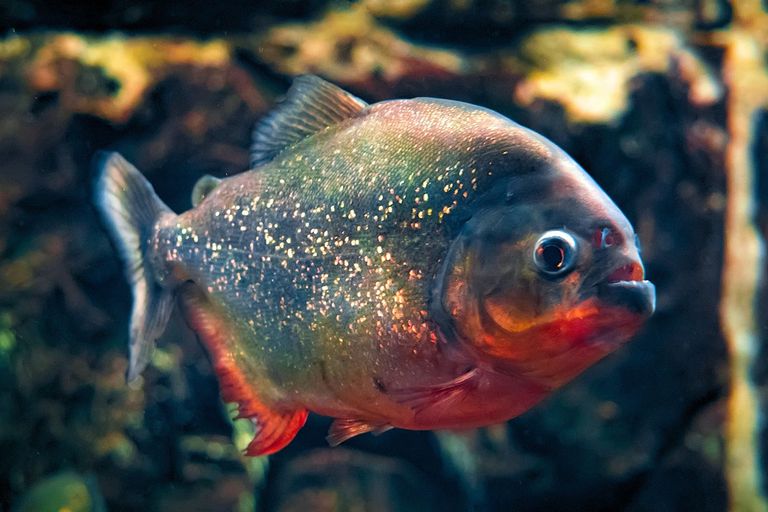
Es el hogar de la mayor colección de especies vivas de plantas y animales en el mundo. Uno de cada diez especies conocidas del planeta vive en la selva amazónica.
La Amazonia es el hogar de alrededor de 2,5 millones de especies de insectos, decenas de miles de plantas y más de 2.000 aves y mamíferos.
Hasta el momento, al menos 40.000 especies de plantas, 2.200 peces, 1.294 aves, 427 mamíferos, anfibios y reptiles, 428, 378 han sido científicamente clasificadas en esta región.
Una de cada cinco de todas las especies de aves y peces viven aquí.
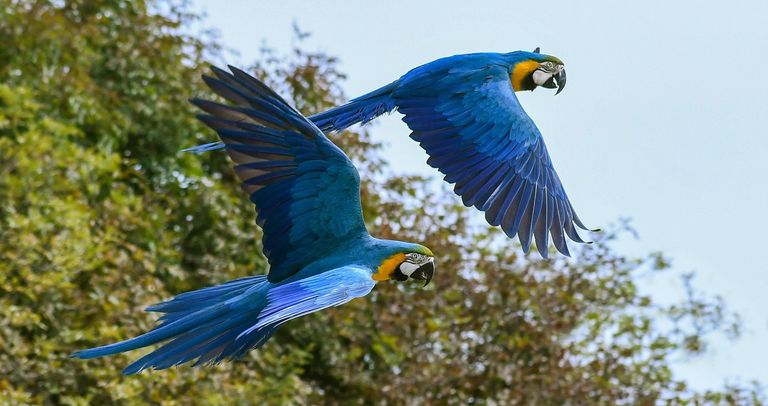
El explorador español Francisco de Orellana fue el primer europeo en recorrer el río Amazonas en 1542. Partió por llamado de Gonzalo Pizarro, quien había ido en busca del País de la Canela, desde Quito a fines de dicho año, avanza por el río Napo, llegando hasta su desembocadura en el actual Perú, cerca de la actual ciudad de Iquitos, hasta que en agosto de 1542 alcanzó la desembocadura del Amazonas en el océano Atlántico.
El primer remonte del río Amazonas por un europeo fue en 1638 por Pedro Teixeira, portugués, quien invirtió la ruta de Orellana y alcanzó Quito a través del río Napo. Regresó en 1639 con los padres jesuitas Acuna y Artieda, delegados del virrey del Perú para acompañar a Texeira.
Desafortunadamente las selvas han sido objeto de clareos y talas indiscriminadas desde los tiempos más antiguos y su destrucción se ha disparado en los últimos 400 años, lo que está reduciendo rápidamente su área por todo el mundo. En la década de los 90, se estima que hubo una reducción anual de 58.000 km².
El 14% de la superficie de la Tierra estaba cubierto de selvas primarias, en la actualidad, este porcentaje se ha reducido tan sólo al 6% y al ritmo actual de deforestación, éstas habrán desaparecido alrededor del año 2050.
Las selvas primarias son reemplazadas por vegetación secundaria de crecimiento rápido pero de menor valor desde el punto de vista de la conservación de los ecosistemas.
Los biólogos consideran que gran cantidad de especies están siendo abocadas a la extinción —posiblemente más de 50.000 al año— debido a la eliminación de su hábitat.
La selva amazónica se desarrolla alrededor del río Amazonas y de su cuenca fluvial. Las altas temperaturas favorecen el desarrollo de una vegetación tupida y exuberante, siempre verde. El título de el Pulmón del Planeta que ostenta la Amazonia no es casualidad, ya que mantiene un equilibrio climático: los ingresos y salidas de CO2 y de O2 están balanceados.
Los científicos ambientalistas concuerdan en que la pérdida de la biodiversidad es resultado de la destrucción de la selva, y que se evidencia con la aparición en el área del río Caquetá a un sistema anterior del bosque selvático en el cual se utilizaron suelos de forma permanente “tierras prietas” gracias a su progresivo abono y por lo que así evitó las migraciones.
Toda la flora de la selva tropical húmeda sudamericana está presente en la Selva Amazónica. Existen en ella innumerables especies de plantas todavía sin clasificar, miles de especies de aves, innumerables anfibios y millones de insectos.
La Amazonia Peruana es una de las regiones de mayor riqueza biológica del mundo, pues la presencia de diferentes pisos altitudinales que posee en su unión con la Cordillera de los Andes, origina gran cantidad de ambientes particulares y, por lo tanto, un alto índice de endemismos.
Source images / Fuentes de las imágenes.
Este tema ha sido tratado en los blogs que enuncio al final del post, reproduciéndolo en forma parcial y/o total. Todos los blogs que se enumeran son de mi propiedad.
- This topic has been discussed in the blogs that I list at the end of the post, reproducing it in part and/or in full. All blogs listed are owned by me.
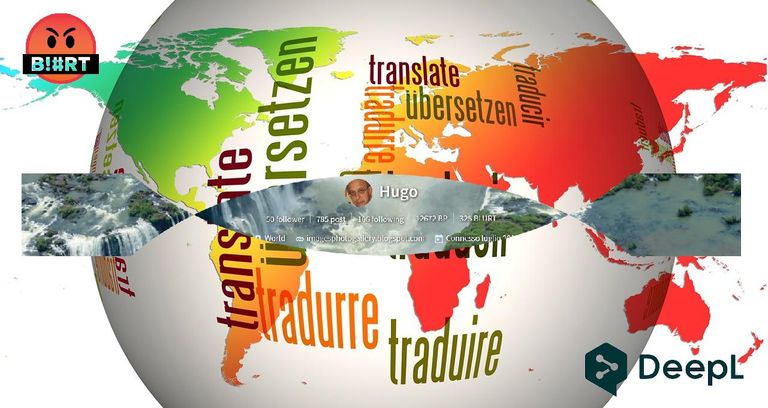

| Blogs, Sitios Web y Redes Sociales / Blogs, Webs & Social Networks | Plataformas de Contenidos/ Contents Platforms |
|---|---|
| Mi Blog / My Blog | Los Apuntes de Tux |
| Mi Blog / My Blog | El Mundo de Ubuntu |
| Mi Blog / My Blog | Nel Regno di Linux |
| Mi Blog / My Blog | Linuxlandit & The Conqueror Worm |
| Mi Blog / My Blog | Pianeta Ubuntu |
| Mi Blog / My Blog | Re Ubuntu |
| Mi Blog / My Blog | Nel Regno di Ubuntu |
| Red Social Twitter / Twitter Social Network | @hugorep |

| Blurt Official | Blurt.one | BeBlurt | Blurt Buzz |
|---|---|---|---|
 |  |  |  |

 |  |  |  |
|---|
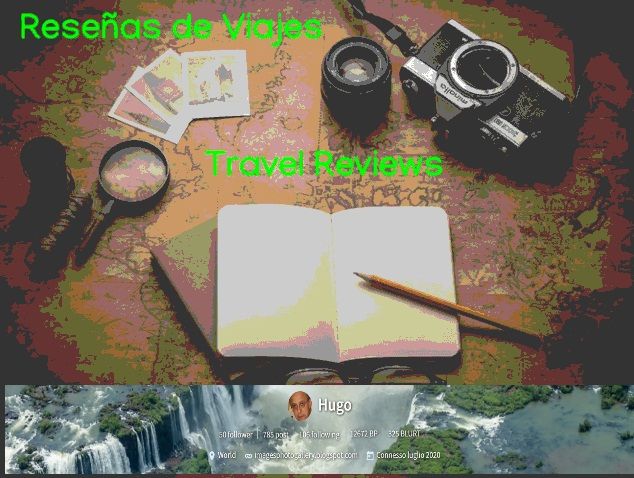
Upvoted. Thank You for sending some of your rewards to @null. Get more BLURT:
@ mariuszkarowski/how-to-get-automatic-upvote-from-my-accounts@ blurtbooster/blurt-booster-introduction-rules-and-guidelines-1699999662965@ nalexadre/blurt-nexus-creating-an-affiliate-account-1700008765859@ kryptodenno - win BLURT POWER delegationNote: This bot will not vote on AI-generated content
Thanks!